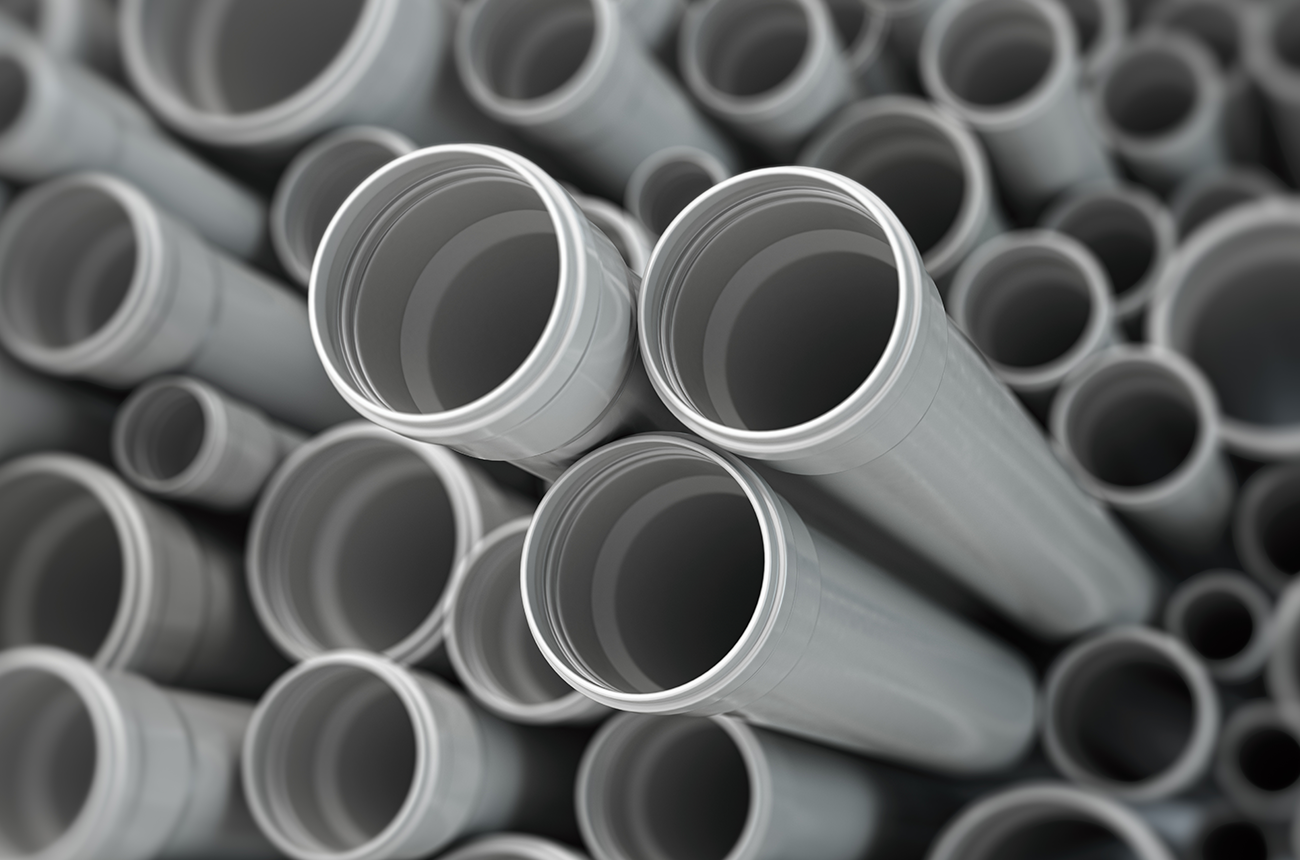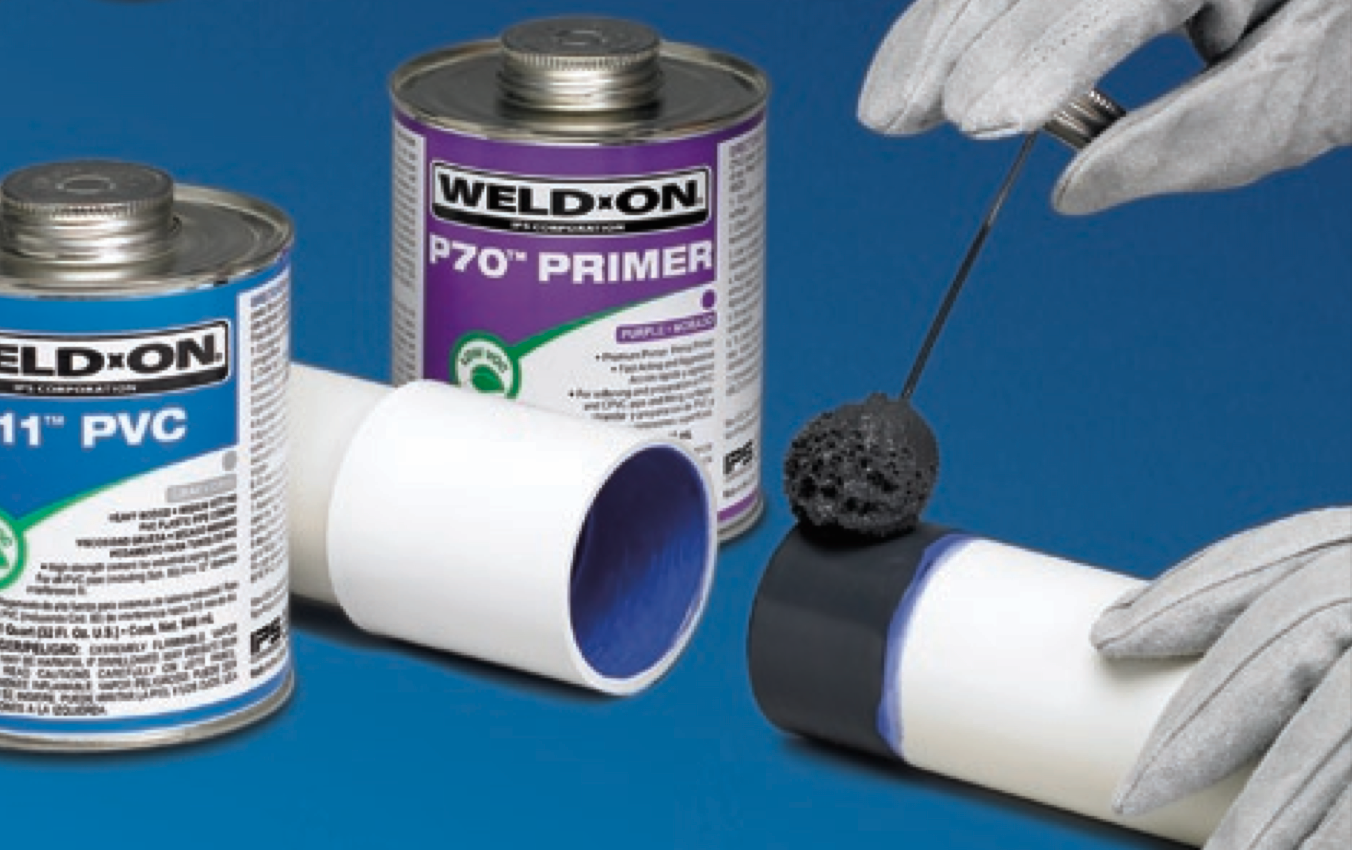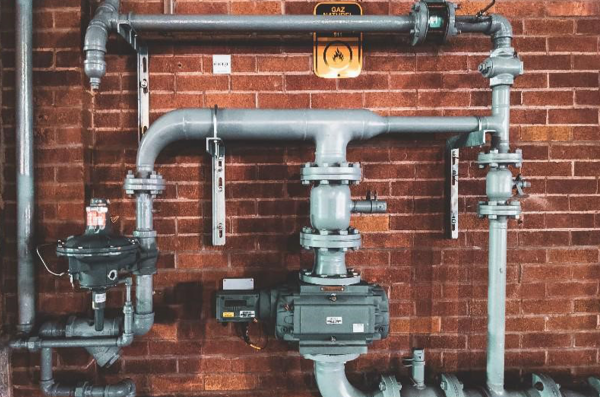
Plumbing Basics
Home plumbing is pretty straightforward. A casual gaze at the interwoven mesh of pipes and valves may seem overwhelming but bear with me. Understanding a few plumbing basics will see you navigate the mesh like a pro.
The plumbing system in your home is composed of two separate subsystems. One subsystem brings freshwater in, and the other takes wastewater out. The water that comes into your home is under pressure. It enters your home under enough pressure to allow it to travel upstairs, around corners or wherever else it’s needed. As water comes into your home, it passes through a meter that registers the amount you use. The main water shut-off, or stop, valve is typically located close to the meter. In a plumbing emergency, it’s vital that you quickly close the main shutoff valve. Otherwise, when a pipe bursts, it can flood your house in no time. If the emergency, like a leak, is confined to a sink, shower, or toilet, however, you may not want to turn off your entire water supply. Therefore, most fixtures should have individual stop valves.
Maintaining the Water Supply System
Correctly installed piping is leak-proof. The system, however, disintegrates with time. In some cases, a plumber may find it necessary to do a complete overhaul of the plumbing.
The water supply system performs optimally when pressure is high. This makes the system rather sensitive to damage.
To illustrate, a leak in the drainage system will only cause damp-related problems. By contrast, leaks in the water supply system take things a step further: They affect water pressure. Low pressure makes it impossible to run showers and flush toilets.
Evidently, leaks are most harmful in the water supply system. Due to the sensitivity of the system, its problems are best handled by professionals.
Drainage Systems
Whether your home is on a sewer or septic system, the systems within your home are essentially the same. Drainage systems do not depend on pressure, as supply systems do. Instead, waste matter leaves your house because the drainage pipes all pitch, or angle, downward towards the sewer. Gravity pulls the waste along. The sewer line continues this downward flow to a sewage treatment facility or a septic tank.
While the system sounds simple, there’s more to it, including vents, traps and clean outs. The vents sticking up from the roof of your house allow air to enter the drainpipes. If there were no air supply coming from the vents, wastewater would not flow out properly and the water in the traps would need to be siphoned away.
Traps are vital components of the drainage system. You can see a trap under every sink. It is the curved or S-shape section of pipe under a drain. Water flows from the basin with enough force to go through the trap and out through the drainpipe, but enough water stays in the trap afterward to form a seal that prevents sewer gas from backing up into your home. Every fixture must have a trap. Toilets are self-trapped and don’t require an additional trap at the drain. Older bathtubs frequently have drum traps, which not only form a seal against sewer gas but also collect hair and dirt in order to prevent clogged drains. However, drum traps aren’t up to current code standards anymore. Some kitchen sinks have grease traps to collect grease that might otherwise cause clogging. Because grease and hair are generally the causes of drain clogs, traps often have clean-out plugs that give you easier access to remove or break up any blockage.
Since a drainage system involves all of these components, it is usually referred to as the DWV: the drain-waste-vent system.
Maintaining the DWV System
Clogging is the biggest problem associated with DWV water systems. Hair is the most common cause of clogging in the bathroom, but grease takes it in the kitchen. To mitigate the risks of clogging, frequently empty clean out plugs. You must also be on the lookout for leaks. The DWV’s piping is hidden, for the best part. Tell-tale signs of leaks include mold infestations, damp ceilings, and stinky rooms. Leaks also cause structural damage. As the old saying goes, an ounce of prevention is worth a pound of cure. By following these simple steps below, you can avoid some of the more common home plumbing problems.
• Unclog Slow Drains: Clogging is a slow process. When you notice water draining slowly, it’s time to take some preventative steps. Unclog the pipes. A mixture of vinegar, baking powder, and hot water usually does it. Empty the clean out plugs where applicable. Call a professional if the problem persists.
• Check the Pipes: Always inspect exposed pipes for signs of wear and tear. Check for leaks where possible and signs of leaking where pipes are hidden. Signs of leaky pipes are exceptionally high water bills and an ever-running meter.
• Drain the Water Heater: Empty water heaters at least twice every year. Sediment reduces the efficiency of the heater and may cause complications down the road. If the heater already shows signs of damage, call a plumber.
• Strainers: Strainers will save your pipes from clogging. They keep debris from entering the plumbing, saving you hefty plumbing fees. However, strainers are also susceptible to wear and tear. Replace them as often as necessary. That simple tool is probably the only thing standing between you and a clogged sink.
• Enzyme-Based Pipe Cleaners: There’re many pipe cleaning solutions in the market, but not all are equal. Corrosive pipe cleaners do more harm than good. They quickly remove the clog, but at the expense of the piping’s longevity. This is why you should always go for enzyme-based pipe cleaners. These natural cleaners introduce bacteria into the plumbing. The bacteria break down clog into liquid for easy expulsion. Bacteria does all that without harming the plumbing’s structural integrity.
• Water Pressure: Reduced water pressure is a precursor to plumbing problems. Always call in a plumber when pressure runs low. The quick reaction may save you from incurring hefty repair fees in the future. In the showers, reduced pressure may be caused by sediment in the shower head. Be sure to clean out shower heads before calling a plumber.
• Sewer Lines: Take time to understand how your sewer line is set up. Avoid planting trees along the line because the roots can cause damage. To keep things smooth, periodically snake the lines.
• Watch What You Flush: Keep debris from the drains and you’ll keep clogs from the plumbing. Teach the kids how to maintain the plumbing. Arming them with a few plumbing basics may just save the plumbing from them. Clogs take time to grow into proportions of concern. Therefore, most people are unaware that the clogs of today are caused by yesterday’s mistakes. Don’t be one of them. Watch what goes down your drains.
• Regular Maintenance Run: Calling in the plumbers when there’s a problem is calling in the plumbers too late. Schedule maintenance runs where a plumber inspects the state of your plumbing. The professionals always know best.
Conclusion
Plumbing makes or breaks a house. Maintaining the plumbing keeps a house’s value high. Catching problems with your plumbing early can save you money in your water bill caused by wasted water, and prevent water damage and mold growth caused by leaky pipes. Even small problems can mushroom into much bigger issues when unattended to or handled the wrong way. Therefore, it’s a smart idea to have regular inspections of your home’s plumbing system done by qualified professionals.


